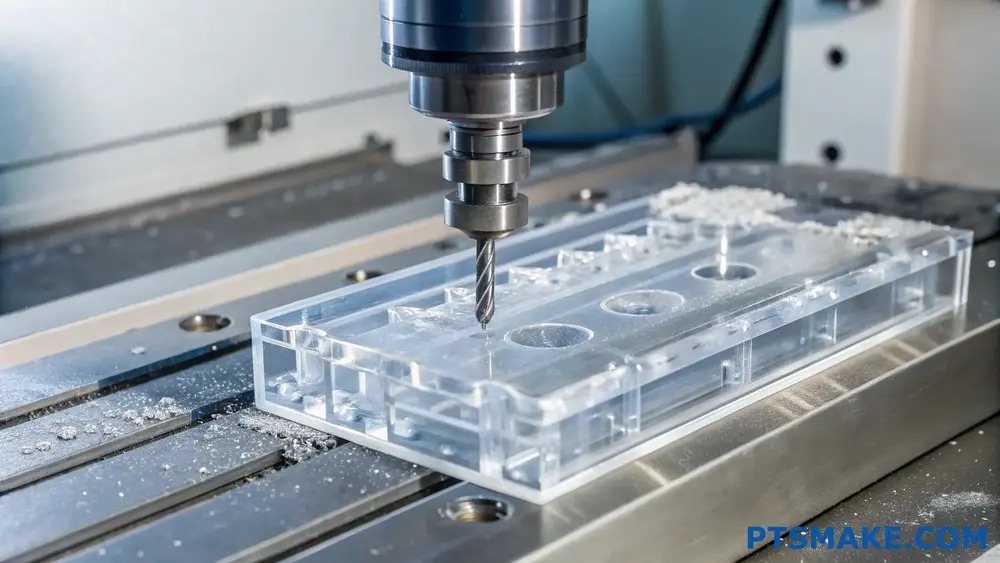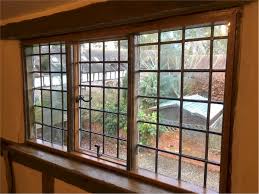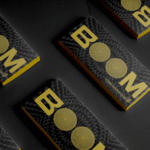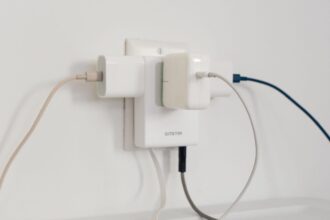Acrylic, also known as Plexiglas or acrylic glass, is widely used in the manufacturing and machining industries due to its strength, transparency, and versatility. From point-of-sale displays and signage to aerospace components and medical devices, acrylic plays a vital role in countless applications. However, one common issue professionals and DIYers alike encounter is scratching. Knowing how to get scratches out of acrylic is essential to maintaining both the appearance and performance of the product.
In this guide, we’ll explore the causes of acrylic scratches, methods for removing them, and how machining and manufacturing services help create scratch-resistant acrylic components in the first place.
Understanding Acrylic in Manufacturing
Before we dive into how to get scratches out of acrylic, it’s important to understand the role of acrylic in modern manufacturing. Acrylic is a lightweight, shatter-resistant alternative to glass that can be cut, molded, machined, and polished to create a wide variety of components. Its applications include:
- Machine guards and protective covers
- Transparent display windows
- Optical lenses and lighting diffusers
- Medical devices and lab equipment
- Consumer electronics components
Acrylic is favored because it combines clarity, strength, and cost-effectiveness. However, its surface is softer than glass, making it prone to scratches from everyday wear or improper handling during or after production.
Common Causes of Acrylic Scratches
In the world of machining and fabrication, even the smallest surface defect can affect a component’s performance and visual appeal. Some common causes of scratches on acrylic include:
- Improper cleaning tools – Using rough sponges, paper towels, or abrasive cleaners
- Machining errors – Incorrect feed rate, cutting tool wear, or lack of coolant
- Transportation and handling – Unprotected surfaces during shipping or installation
- Environmental exposure – Dust, sand, and airborne particles in industrial settings
Fortunately, there are several methods to get scratches out of acrylic, depending on the depth and severity of the scratch.
How to Get Scratches Out of Acrylic: Step-by-Step
1. Clean the Surface First
Before attempting any repair, thoroughly clean the acrylic surface to remove any dust or particles. Use a microfiber cloth and a mild soap solution or a plastic-safe cleaner. This prevents additional scratching during the polishing process.
2. Buff Out Light Scratches Using Plastic Polish
For superficial scratches, you can use a specialized acrylic or plastic polish such as Novus, Brillianize, or 3M Plastic Polish. Follow these steps:
- Apply a small amount of polish to a clean microfiber cloth.
- Rub in a circular motion over the scratched area.
- Repeat several times if necessary.
- Wipe off any excess polish with a dry part of the cloth.
This method works best for surface-level imperfections and restores the shine effectively.
3. Use Wet Sanding for Deeper Scratches
To get scratches out of acrylic that are more noticeable, wet sanding is a powerful solution:
- Start with 800-grit sandpaper and progress to 1200-grit, then 2000-grit.
- Soak the sandpaper in water before use and keep the surface wet.
- Gently sand the area in circular motions.
- Wipe clean and inspect.
- Once the scratch is gone, follow up with a polish to restore clarity.
Always use caution when sanding—too much pressure can damage the surface further.
4. Flame Polishing (Industrial Method)
In industrial settings, flame polishing is used to restore acrylic surfaces after machining. A precise flame is passed over the acrylic, melting the surface layer and removing fine scratches. This method is best handled by professionals and is commonly used in fabrication shops and high-end display manufacturing.
How Manufacturing Services Prevent Acrylic Scratches
When you work with professional machining and manufacturing services, you reduce the risk of scratches during production through expert handling and precision processes. Here’s how:
✓ High-Precision CNC Machining
Modern CNC machines used for acrylic cutting and shaping are optimized with the right tooling, speeds, and cooling to minimize surface damage. Proper calibration ensures a smooth, scratch-free finish right out of the machine.
✓ Cleanroom Manufacturing
For sensitive acrylic components used in optics or medical devices, cleanroom conditions eliminate airborne particles that can cause scratches during or after production.
✓ Protective Coatings and Films
Many manufacturing services offer anti-scratch coatings or apply protective films to acrylic components immediately after production. This adds an additional layer of protection during transportation and installation.
✓ Packaging and Shipping Expertise
Proper packaging—using foam inserts, wrap, and labeled containers—helps manufacturers ship acrylic parts without risking damage during transit.
Choosing the Right Machining Partner for Acrylic Components
When selecting a machining service for your acrylic parts, keep these qualities in mind:
- Experience with plastics – Acrylic behaves differently than metals and requires unique tooling.
- Surface finish expertise – Look for providers who offer polishing, coating, or UV treatments.
- Customization capabilities – Choose a manufacturer that can meet your exact size, shape, and thickness needs.
- Fast turnaround and quality control – Ensure your supplier has rigorous inspection systems in place.
A good manufacturing partner can not only produce your acrylic components to exact specifications but also help you get scratches out of acrylic surfaces during post-processing or even prevent them altogether.
Maintenance Tips to Keep Acrylic Scratch-Free
Once your acrylic part is in use, proper maintenance can help avoid future scratches:
- Use a soft microfiber cloth and avoid abrasive paper towels.
- Clean with plastic-safe cleaners only.
- Store or transport with protective coverings.
- Avoid using ammonia-based cleaners like Windex.
With these precautions, you can extend the life of your acrylic components and keep them crystal clear for years.
Final Thoughts: Get Scratches Out of Acrylic with the Right Knowledge and Tools
Whether you’re dealing with small cosmetic marks or deeper gouges, learning how to get scratches out of acrylic is essential for anyone working with this material. From simple hand-polishing to advanced flame treatments, there are solutions for every level of damage.
Even better, when you partner with an experienced machining and manufacturing service, much of the scratch-related trouble can be avoided entirely. Professionals use precision equipment, handle materials with care, and offer post-processing techniques that protect and enhance your acrylic parts.
So the next time you’re wondering how to get scratches out of acrylic, remember: a mix of prevention, the right tools, and expert manufacturing makes all the difference.

















